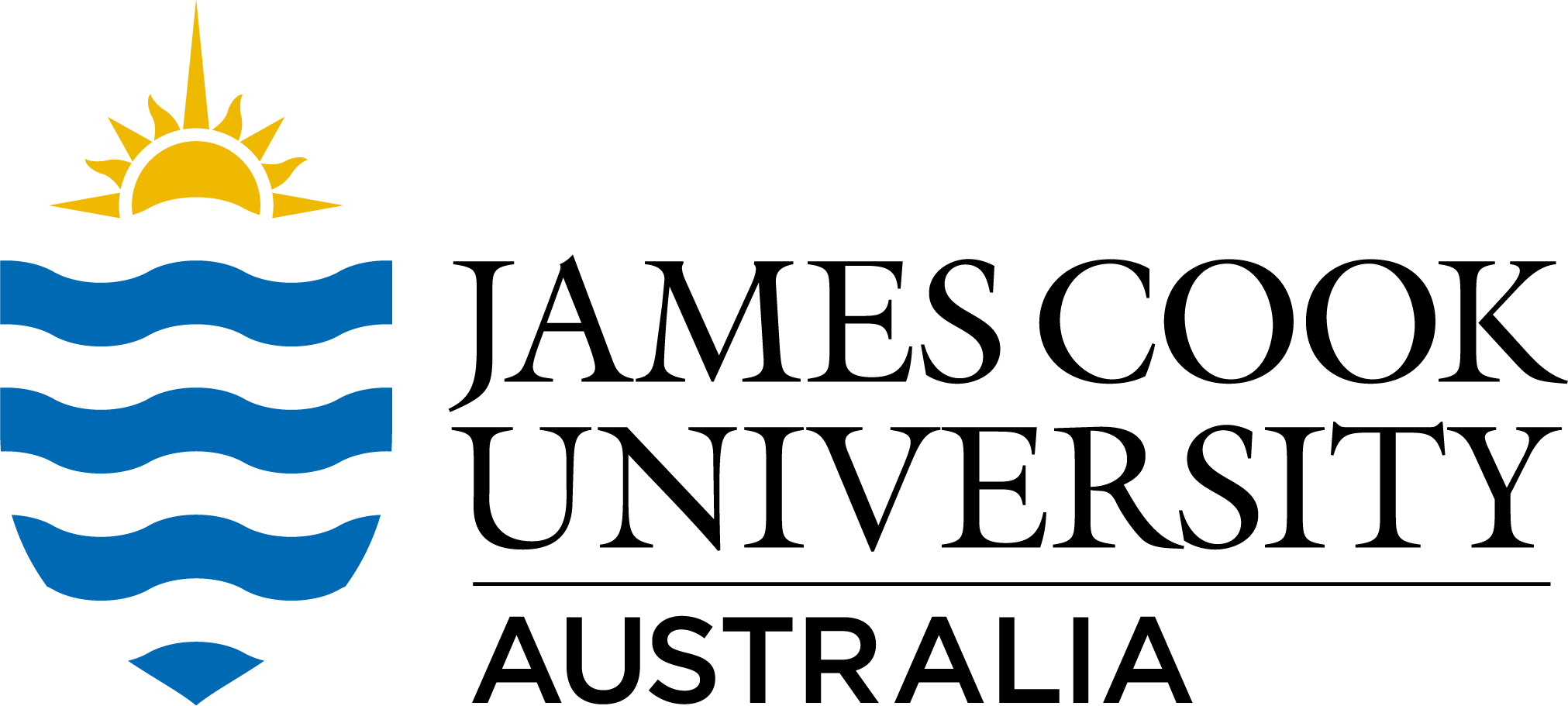Full description
Acropora millepora transcriptome from the National Center for Biotechnology Information, BioProject PRJNA288809. Submitted by ARC Centre of Excellence for Coral Reef Studies, James Cook University.
Experiment type: Expression profiling by high throughput sequencing.
Summary: The metabolic bases of the interaction between the coral Acropora millepora and its dinoflagellate symbiont were investigated by comparing gene expression levels under light and dark conditions at the whole transcriptome level. Among the differentially expressed genes identified, a suite of genes involved in cholesterol transport was found to be up-regulated under light conditions, confirming the significance of this compound in the coral symbiosis. Although ion transporters likely to have roles in calcification were not differentially expressed in this study, expression levels of many genes associated with skeletal organic matrix composition and organization were higher in light conditions. This implies that the rate of organic matrix synthesis is one factor limiting calcification at night. Thus, LEC during the day is likely to be a consequence of increases in both matrix synthesis and the supply of precursor molecules as a result of photosynthetic activity.
Overall design: Branch tips from three adult colonies of Acropora millepora were sampled at midday and midnight.
Abstract [Related Publication]: The evolutionary success of reef-building corals is often attributed to their symbiotic relationship with photosynthetic dinoflagellates of the genus Symbiodinium, but metabolic interactions between the partners and the molecular bases of light-enhanced calcification (LEC) are not well understood. Here, the metabolic bases of the interaction between the coral Acropora millepora and its dinoflagellate symbiont were investigated by comparing gene expression levels under light and dark conditions at the whole transcriptome level. Among the 497 differentially expressed genes identified, a suite of genes involved in cholesterol transport was found to be upregulated under light conditions, confirming the significance of this compound in the coral symbiosis. Although ion transporters likely to have roles in calcification were not differentially expressed in this study, expression levels of many genes associated with skeletal organic matrix composition and organization were higher in light conditions. This implies that the rate of organic matrix synthesis is one factor limiting calcification at night. Thus, LEC during the day is likely to be a consequence of increases in both matrix synthesis and the supply of precursor molecules as a result of photosynthetic activity.
Created: 2015-07-02
text: Adult colonies collected from the reef adjacent to Orpheus Island on the northern Great Barrier Reef (18.60°S, 146.49°E) and transported to Orpheus Island Research Station
User Contributed Tags
Login to tag this record with meaningful keywords to make it easier to discover
- Local : researchdata.jcu.edu.au//published/97a5604ac82af953b313595097028535
- Local : 79d927c0616666f4c1ee2bf7ef7312cf


